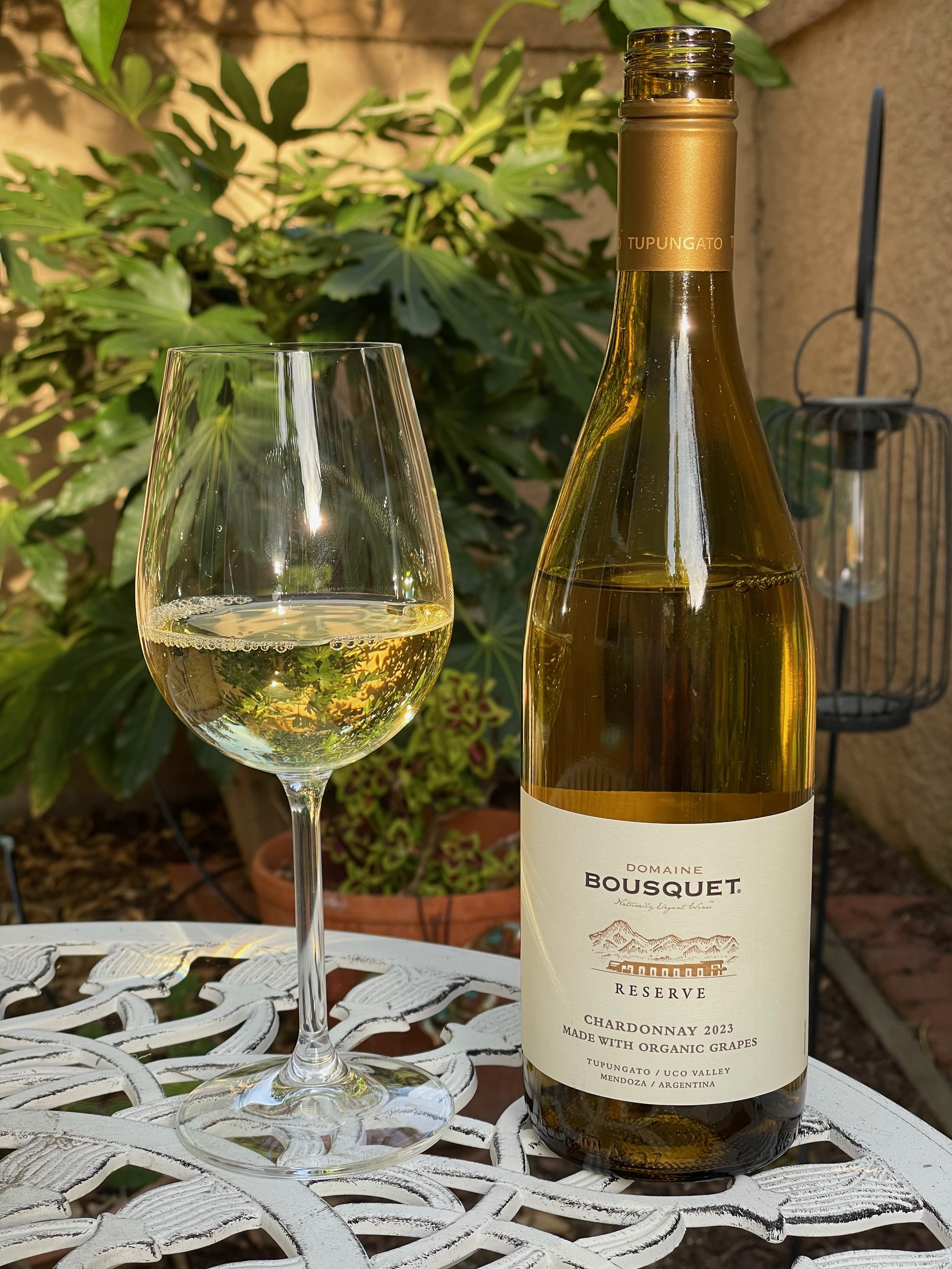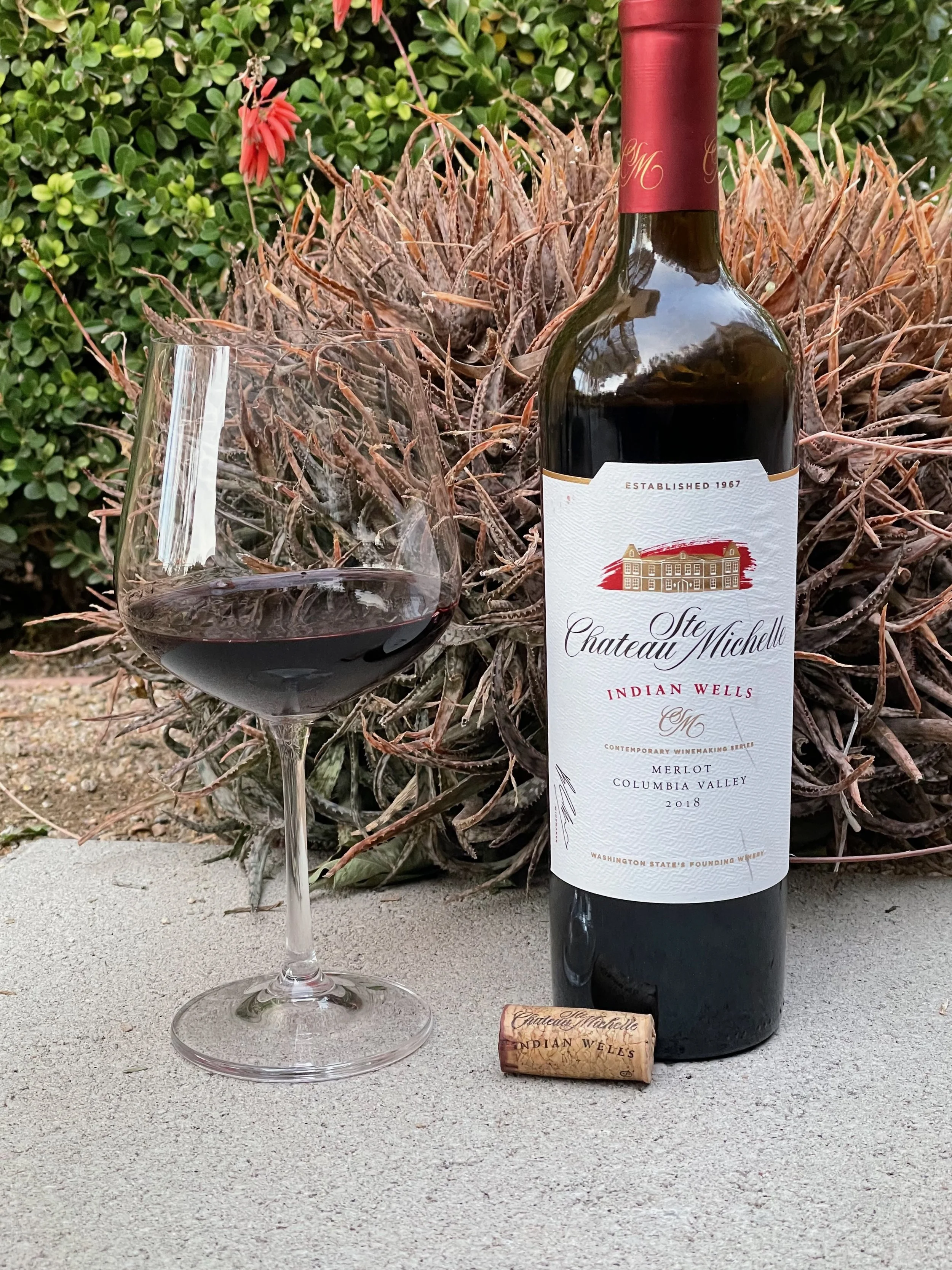Photo by Alex Gorbi on Unsplash
As previously mentioned, wine making is a blend of scientific and artistic expression. Another aspect that is often regarded as an art form is the management of grape vine canopies.
Canopy management in the vineyard demands a combination of technical expertise and a touch of creativity and intuition. The manner in which a grower manages the vine canopy influences sunlight exposure, air circulation, and ultimately the quality of the grapes.
Why Sunlight Exposure Matters:
Sunlight exposure plays a crucial role in grape ripening and flavor development. It helps accumulate sugars and flavors that define the taste of grapes. The intensity of sunlight influences the development of phenolic compounds, which are responsible for the wine’s color, tannins, and aroma.
An excessive amount of sunlight can lead to over-ripening, resulting in overly sweet grapes and the potential loss of acidity. Conversely, insufficient sunlight can cause under-ripening, resulting in grapes with higher acidity and lower sugar levels.
Slight variations in sunlight exposure can bring out different flavor profiles in the same grape variety grown in the same vineyard.
Why Air Circulation Matters:
Good air circulation reduces humidity around the vine canopy, which helps prevent fungal diseases.
Air movement around the canopy also helps regulate temperature. Stagnant air can accumulate heat, which may cause grape skin damage, especially during hot periods.
Airflow around the canopy helps maintain an even temperature across all parts of the vine. This helps promote uniform ripening.
The "art" of canopy management comes into play when a grower has to balance these factors while also considering the specific terroir (soil, climate, and topography) of the vineyard. Each vine can behave a bit differently, and decisions on how to trim, train, and position the canopy often require a thoughtful, almost instinctive understanding of the vineyard's unique needs. Cheers!






